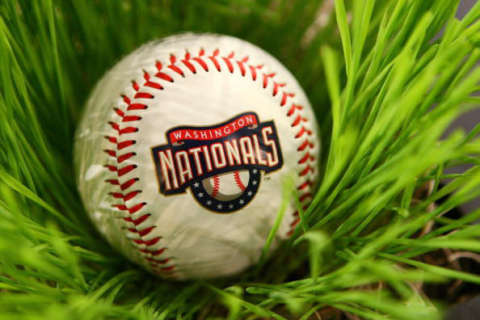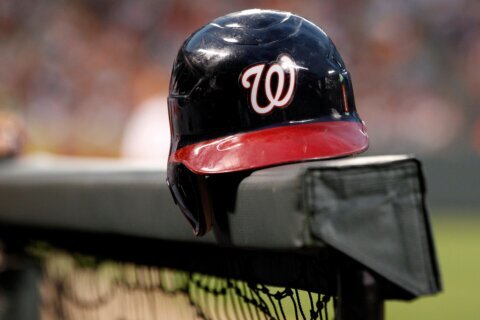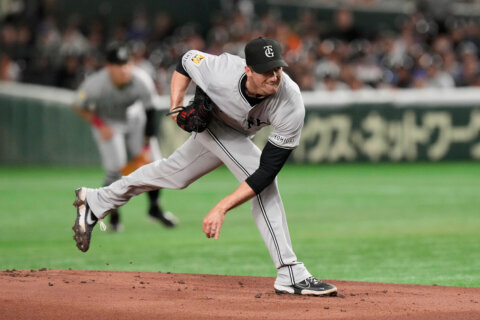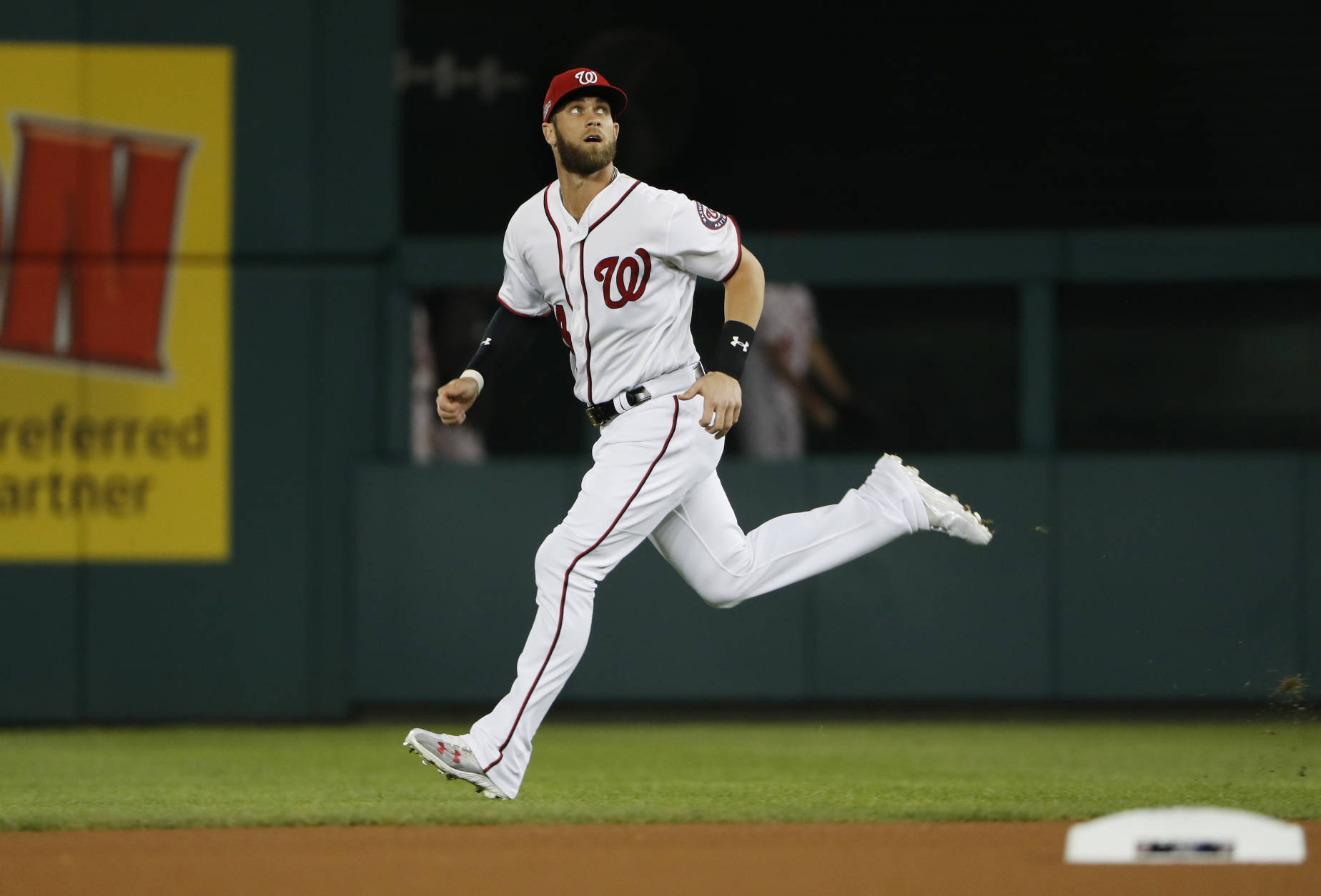
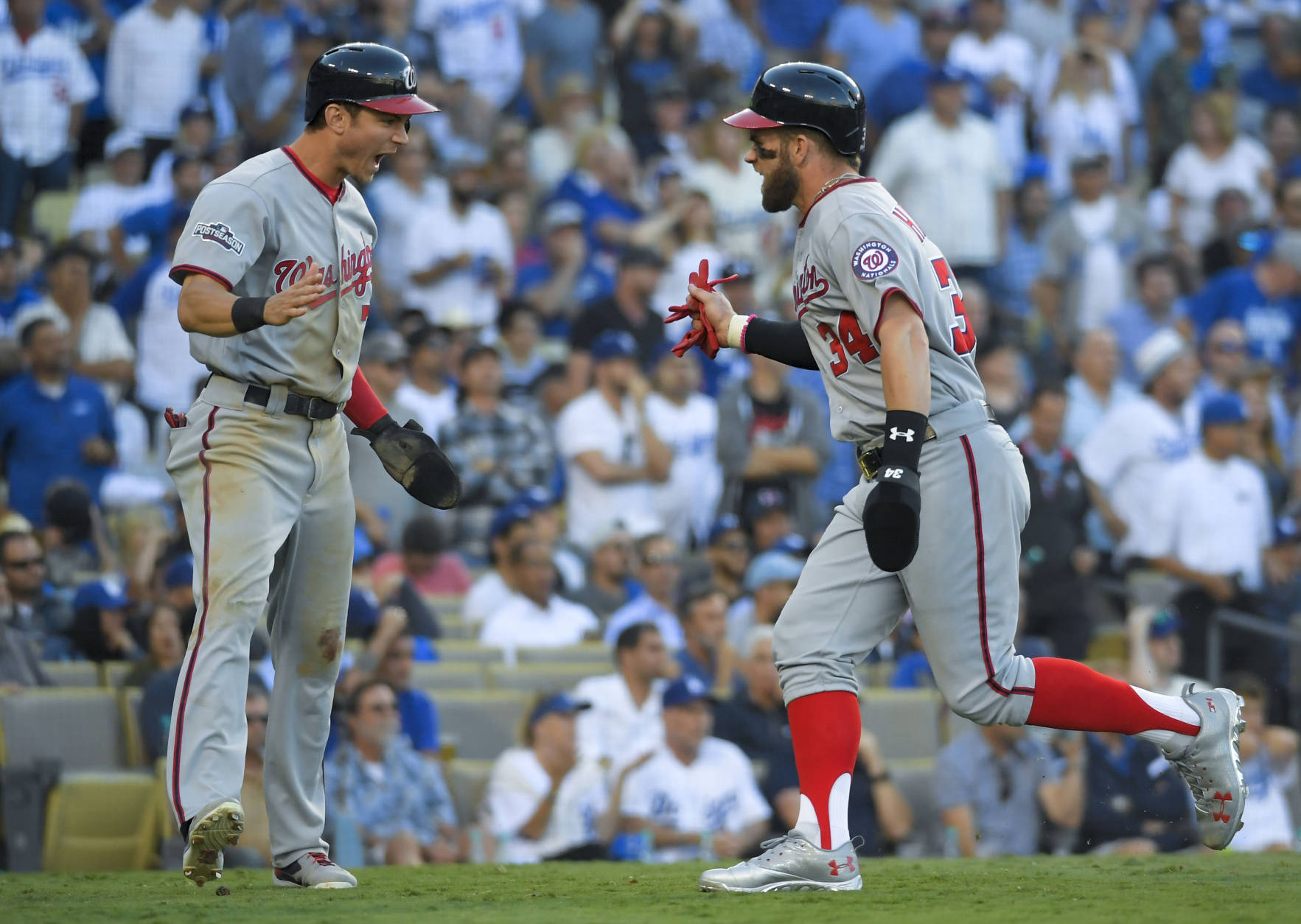
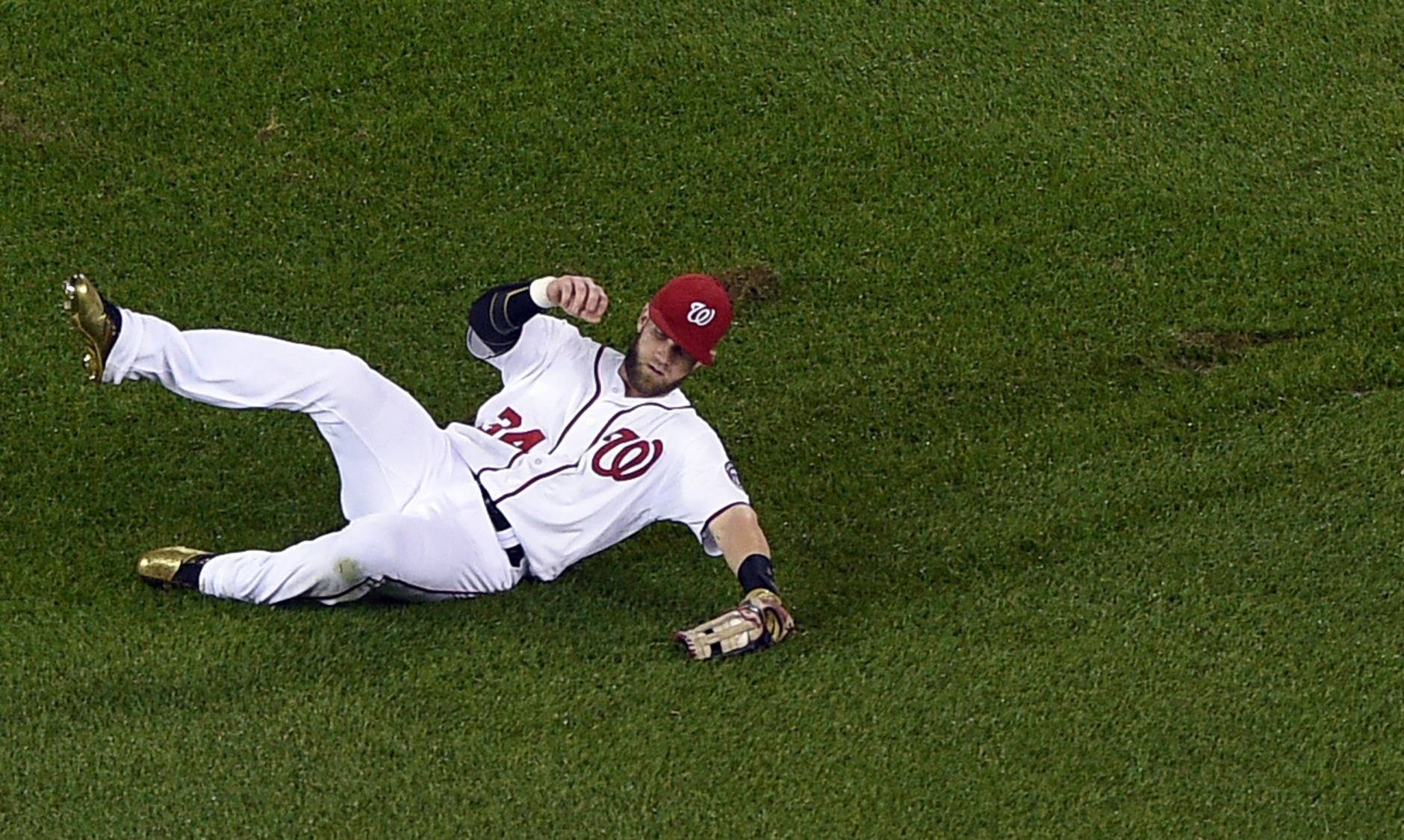
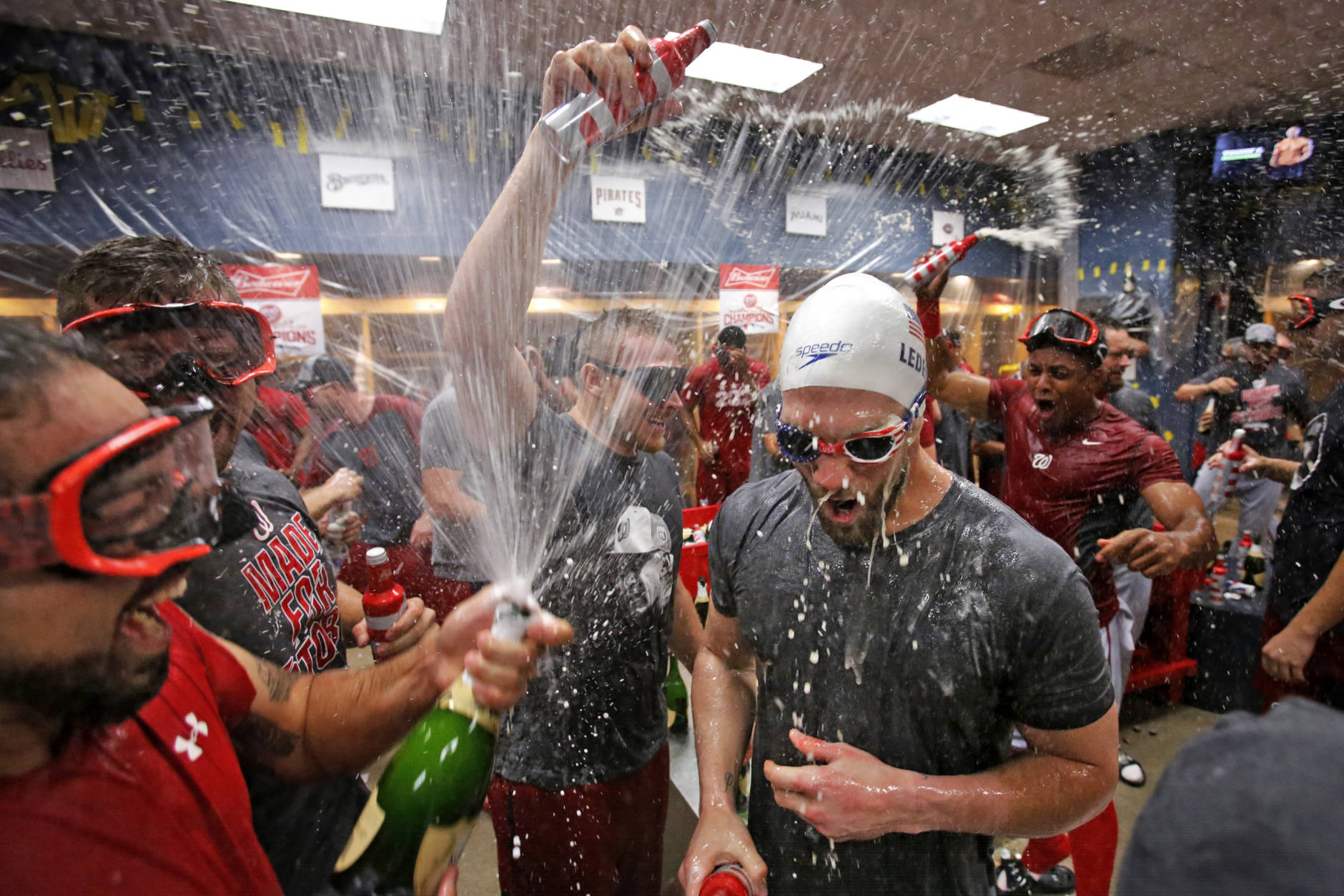
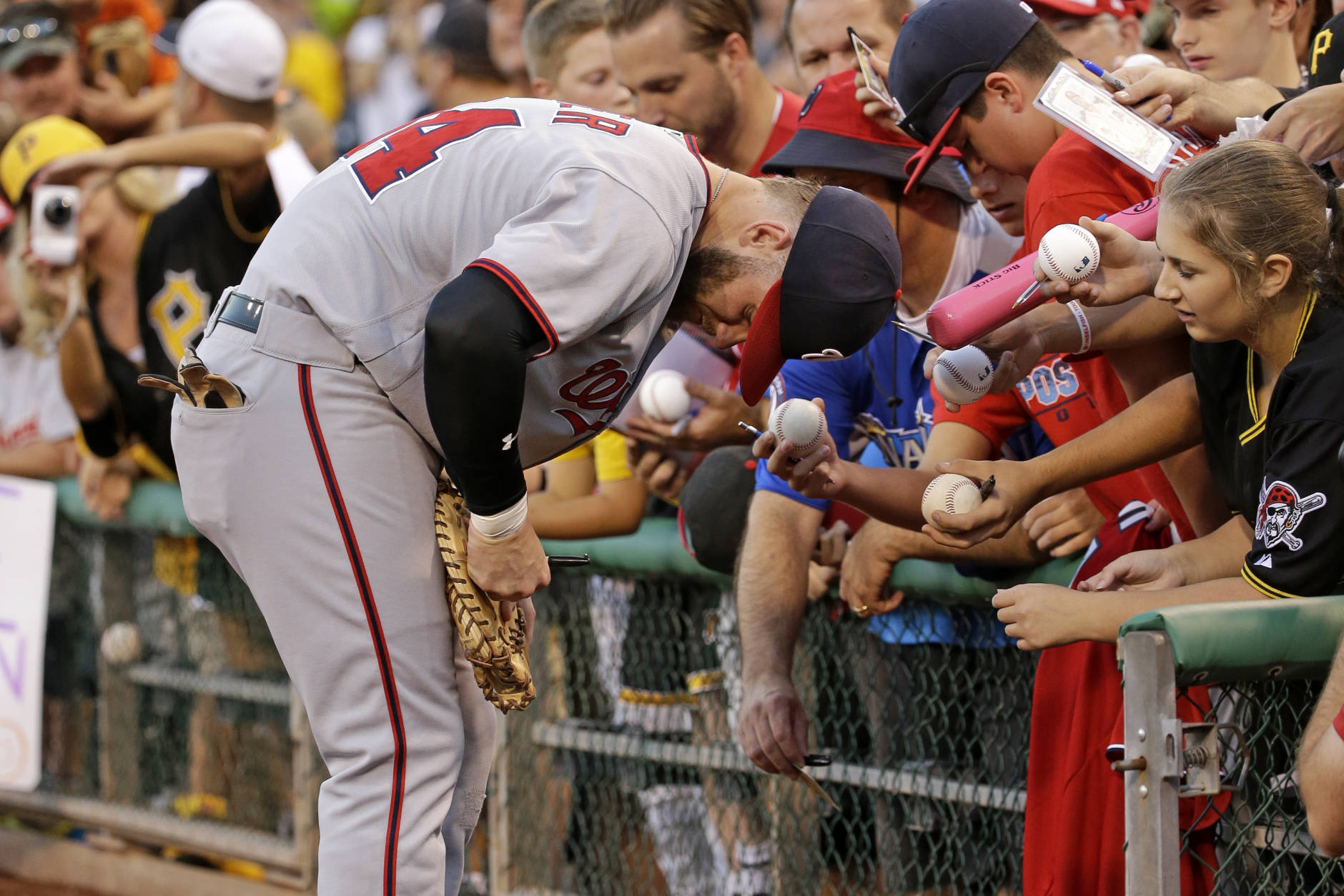
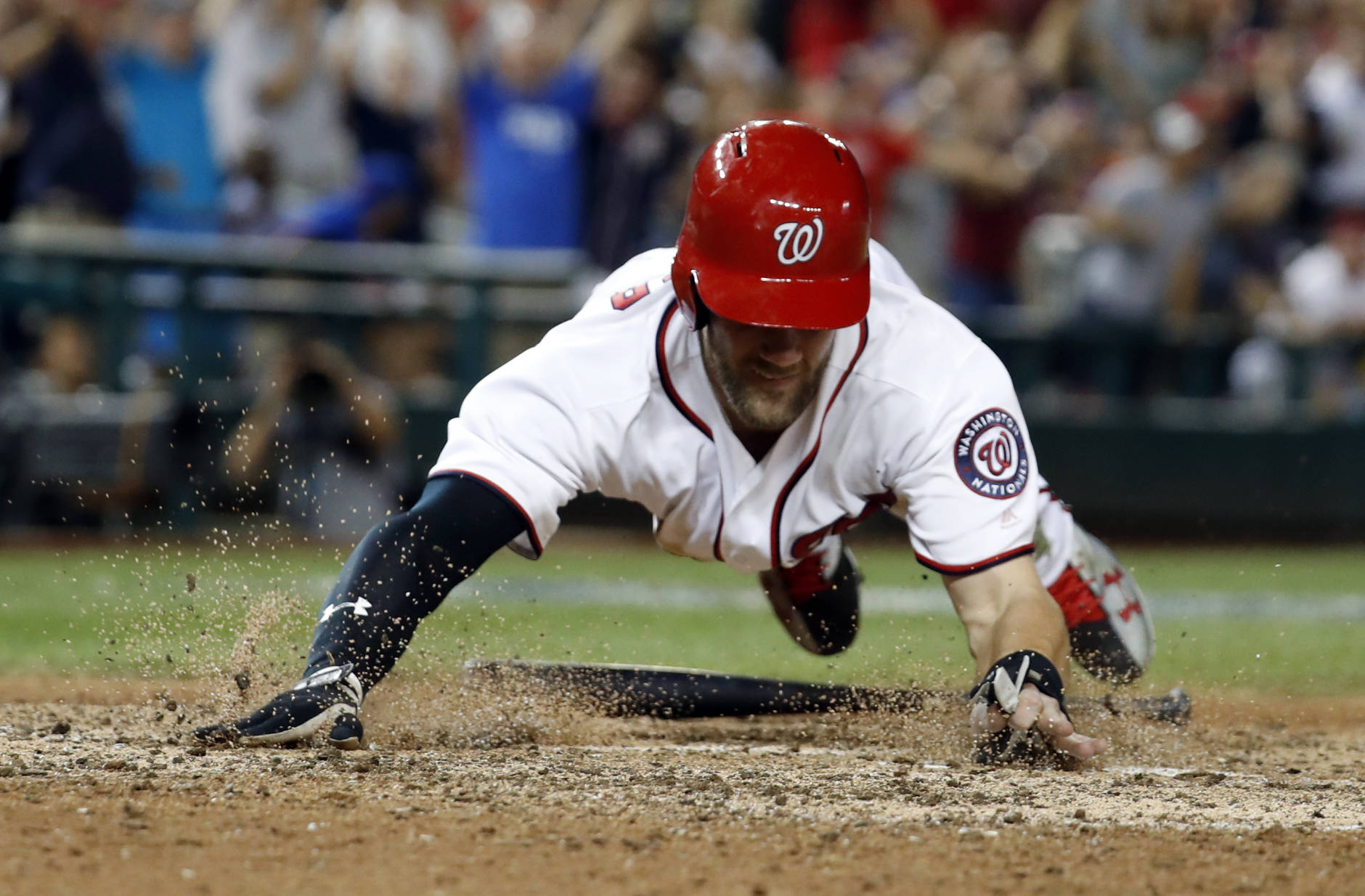
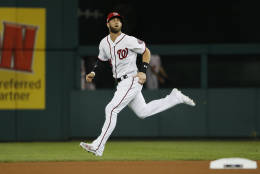
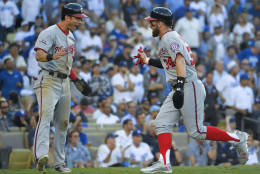
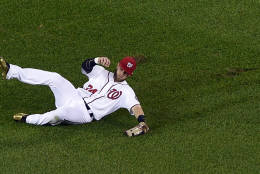
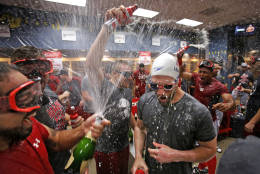
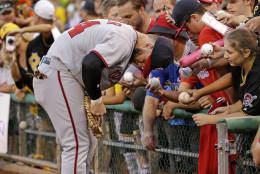
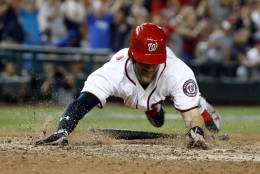
WASHINGTON — While it looked for all the world over the weekend like the home club might dominate the news with a blockbuster trade at this week’s MLB Winter Meetings at National Harbor, a different story emerged Monday.
As the club explores trade and free agent possibilities, it was reported that their biggest star, Bryce Harper, is looking for a contract in the range of 10 years and $400 million when he hits free agency in two years, and that the Nationals don’t appear to have the inclination to be the team that signs him.
As MASN Nationals beat writer Mark Zuckerman noted, Harper’s contract demands are not new. Neither, though, are his and agent Scott Boras’ disputes with team management. In late 2014, the two sides finally ended a contentious back-and-forth over Harper’s original contract and when he would be eligible for arbitration, eventually settling on a two-year deal. So while the fact that what Harper wants and what the team is willing to give him are at odds isn’t surprising, that doesn’t mean it isn’t news.
Some are already writing off the possibility that Harper re-signs with the club that drafted him. That he will test the open market seems a logical conclusion, but if the club gives up a big prospect haul in a trade this week — especially one that includes top outfield prospect Victor Robles — it would seem to make keeping Harper a higher priority.
If Harper and Boras are set on demanding a record-breaking contract of $400 million, the question then becomes: Is he worth it? The answer depends on a host of variables, and a lot can change in terms of Harper’s performance and his health over the next two years that could alter that opinion drastically.
A 10-year deal beginning in 2019 would cover Harper from age 26 through 35, well into the decline phase for most hitters. There has been plenty of debate over exactly what the aging curve looks like, but this study from FanGraphs shows us a fairly consistent pattern of drop-off from a player’s peak at age 25 down 10 percent in the first 3-5 years, 20 percent in 5-7 years and 30 percent in 7-9 years.
Those who study the subject concluded last year that teams, per the metric Wins Above Replacement, were willing to pay roughly $7.7 million per win last offseason. That is up from $7 million two years prior, and has been a steadily increasing number (roughly $3.2 million 10 years further back). If we assume that metric continues to rise at a rate of $1 million every 2-3 years, a win would be worth somewhere around $10 million on average during the course of Harper’s deal.
That would require him to be worth 40 WAR to pay off his free market value. If we assume that as a baseline, the question then becomes how reasonable we think it is that Harper achieves or exceeds that mark.
(A few quick notes, so long as we’re dealing in 24-month-from-now hypotheticals. We don’t know how the new collective bargaining agreement will affect free agent salaries, but it was fairly friendly to the owners, imposing higher luxury tax penalties for big spenders. This may keep the explosion of player salaries somewhat in check over the next five years, altering the curve. Then again, with added TV and Major League Baseball Advanced Media revenue, perhaps other traditionally smaller spending teams will end up with higher payrolls, evening out overall spending. And speaking of TV revenue, the Nationals will hope to have the MASN mess — now going on five years — resolved by then, opening up potentially $20 million or more per year in additional cash flow.)
By FanGraphs’ measurement, Harper has been worth 22.9 WAR over his first five seasons, but he has reached that number in fits and starts. Harper followed his worst season (1.4 fWAR in 2014) with his best (9.9 in 2015) with his second-worst (3.5 in 2016). If he can stay healthy and play 150+ games, he seems likely to post anywhere between 4 and 9 fWAR in a given season, pre-decline. But that’s a big “if,” given his injury history, and the difference between averaging 4 and 9 fWAR is the difference between Hunter Pence and Willie Mays.
Harper’s got a great arm and eye at the plate, but his biggest selling point is his raw power. He’s a preternatural athlete with an excellent work ethic, but in the post-steroid era, time waits for no man. There have been just 10 40+ home run seasons by players older than 30 in the past 10 years.
While you’re dealing with a small sample of players in this stratosphere, the range of trajectories for aging players is still all over the map. Ryan Howard averaged 50 home runs a year from age 26-29, a number that has fallen to 23 over the past seven seasons since turning 30. Nelson Cruz, meanwhile, never hit more than 33 home runs until 2014, and has hit 40 or more each of the past three seasons at ages 33-35.
Like any contract of that length, in which all money is guaranteed, it carries a high burden of risk for the club. There are other ways in which a player of Harper’s notoriety can boost a franchise, of course, adding to ticket sales, merchandising opportunities, etc. But the Yankees already learned the lesson about banking those opportunities the hard way, when they found themselves on the hook to Alex Rodriguez for milestone home run bonuses they suddenly didn’t want to celebrate, due to his PED suspension.
Strictly in terms of on-field performance, if Harper produces at the same level for those 10 years as he has thus far in his career, his baseline value would be enough to justify such a contract. Harper’s injury history complicates that risk/reward equation as well. But if he’s hurt, or significantly underperforms what we saw from him in 2015 over the next two years, he won’t command nearly as large a deal. Assuming there is no prospect of a hometown discount in an early extension (and we’ve been given no reason to believe there would be), there’s no sense in paying that premium now for the Nats, who would only be taking on added risk.
If Harper’s value drops between now and 2018, the Nationals may be able to sign him for a smaller figure. If he wins two more MVPs the next two seasons, they wouldn’t be paying a whole lot more than he and Boras are already talking about now to keep him.

